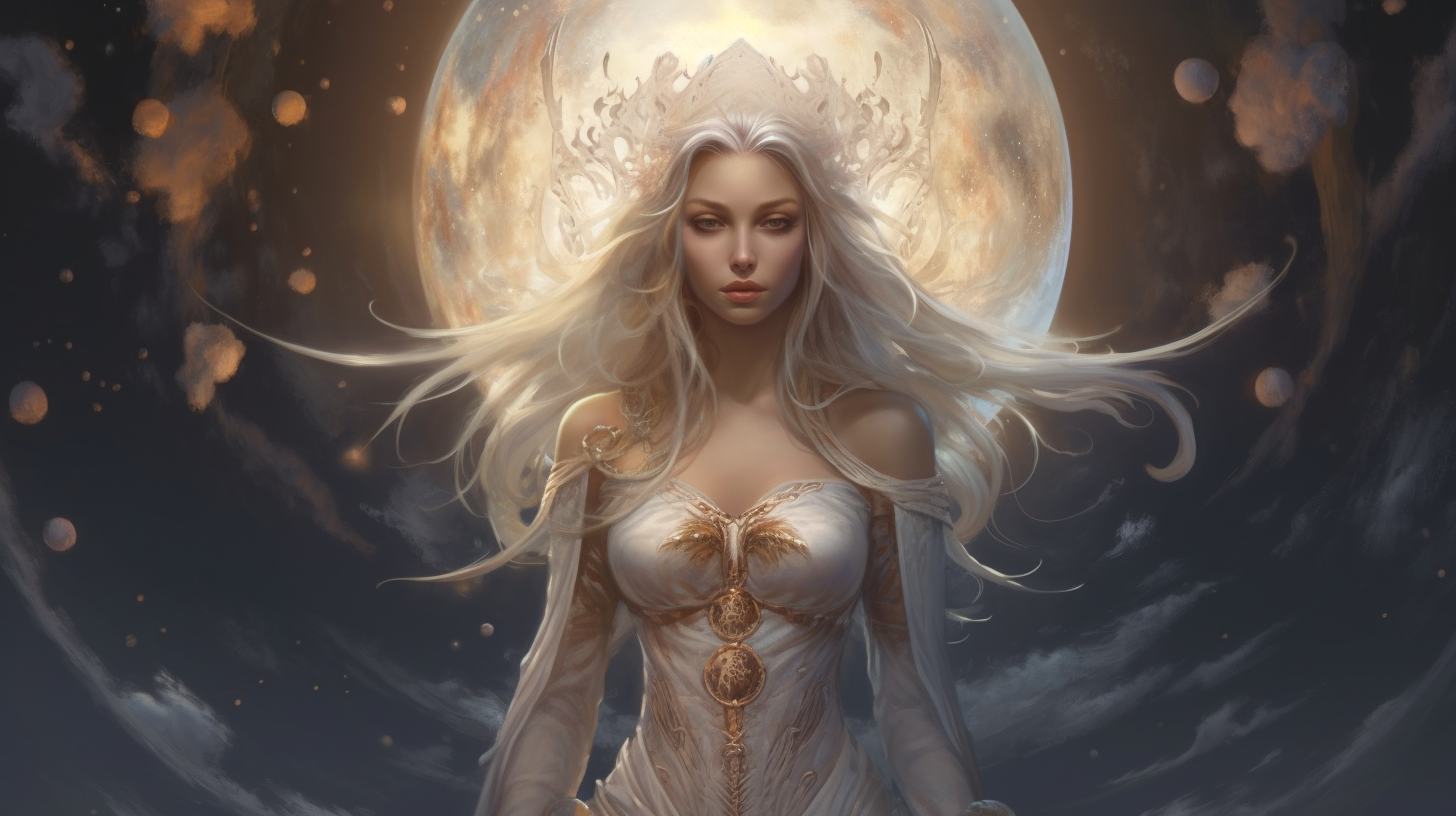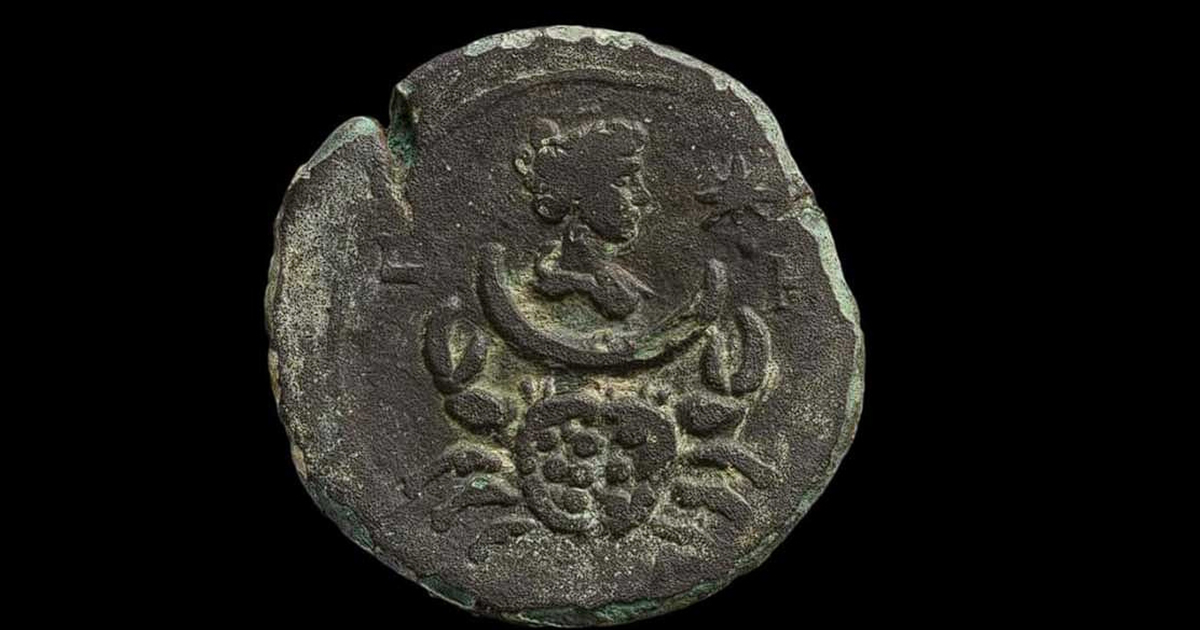Introduction to the Tale:
The Moon, with its captivating silver radiance enveloping our planet, has captivated human imagination and curiosity for ages. It has been a central motif in countless myths, legends, and cosmic stories. Among the array of enchanting lunar chronicles, one story shines bright: the narrative of Luna, the Moon Goddess. Let’s embark on a journey through the enigmatic realms of mythology to unravel the significance of Luna, the celestial entity reigning over the Moon.
The Enigmatic Luna, Goddess of the Moon:
In ancient mythos, Luna held sway as the revered goddess of the Moon, adored by diverse civilizations worldwide. Known by various epithets like Selene, Artemis, and Hecate, Luna embodied the divine representation of the Moon’s power and dominance. Her luminosity illuminated the night heavens, while her mystery sparked the creativity of numerous cultures.

The Impact of Luna:
Going beyond her celestial domain, Luna’s influence was profound. She was believed to govern the ebb and flow of tides, guide the cycles of fertility and growth, and regulate the enigmatic depths of the human psyche. Luna’s essence intertwined closely with nature, spirituality, and the feminine archetype, often depicted as a nurturing and empathetic deity.
Cultural Depictions:
In ancient Greek myths, Luna emerged as Selene, journeying across the celestial sphere in her silver chariot, casting her radiant light upon the earthly realm. As the sister of Helios, the Sun God, she shared the eternal duty of illuminating the terrestrial world. Selene’s nightly voyage symbolized the cyclic nature of life, death, and rebirth.
In Roman lore, Luna appeared as the personification of the Moon’s sway over earthly affairs. With a crescent-shaped headdress symbolizing the Moon’s phases, Romans honored Luna through ceremonies and rites, acknowledging her role in maintaining cosmic balance.
Luna in Diverse Traditions and Mysticism:
Transcending classical mythology, Luna’s influence pervaded religious and mystical practices. In Wiccan and pagan rituals, Luna held a central position embodying the divine feminine and representing natural rhythms. The lunar calendar played a pivotal role in determining auspicious moments for ceremonies and observances.
Furthermore, Luna found her place in mystical realms of alchemy, astrology, and divination. The Moon’s position and phases were believed to hold deep symbolic meanings, shaping human emotions, behaviors, and spiritual growth. Her symbolism adorned ancient talismans and amulets, offering protection and guidance to her followers.
Luna in Modern Contexts:
While contemporary times have witnessed a decline in the worship of Luna as a deity, her essence continues to resonate in various aspects of contemporary culture. Lunar motifs permeate literature, art, and even popular music. The Moon’s mystique remains a wellspring of inspiration for poets, artists, and dreamers, invoking wonder and fascination.
Scientific Exploration and Luna:
Beyond folklore and legend, Luna’s influence stretches into scientific endeavors. Human curiosity and technological progress have driven us to explore beyond Earth’s boundaries, culminating in historic Apollo lunar missions. These pioneering quests not only expanded our scientific understanding but also ushered in a new era of lunar exploration.
Closing Reflections:
Luna, the Moon Goddess, endures as a symbol of mystery, grandeur, and spiritual connection. Across diverse cultures and ages, humanity has marveled at the Moon’s transformative influence, attributing it to the divine presence known as Luna. Whether as Selene, Artemis, or Hecate, the lunar deity continues to leave an indelible mark on our collective consciousness. As we gaze at the night sky, beholding the Moon’s brilliance, we are reminded of Luna’s timeless enchantment, perpetuating the legacy of the Moon Goddess.
